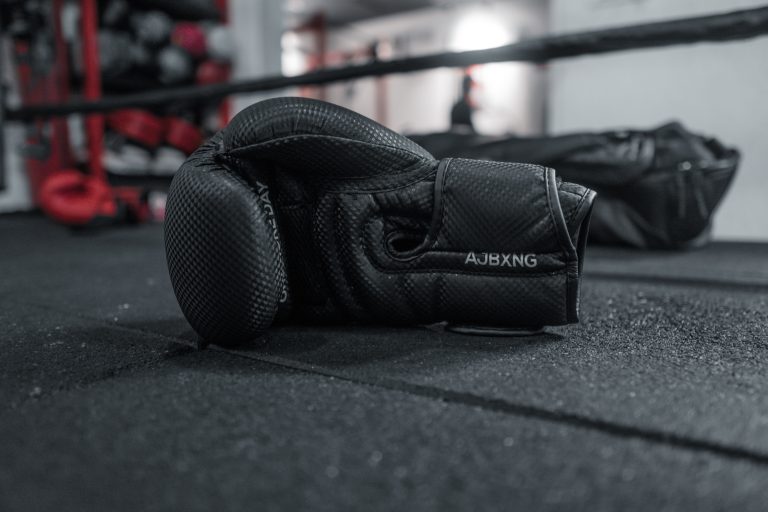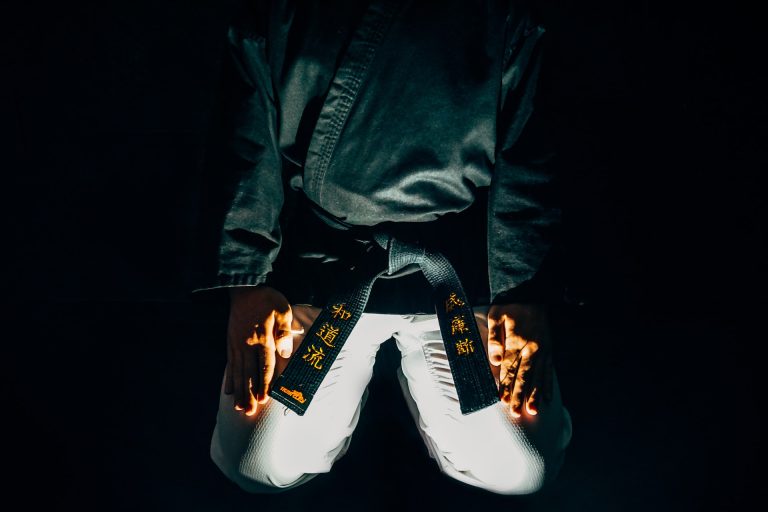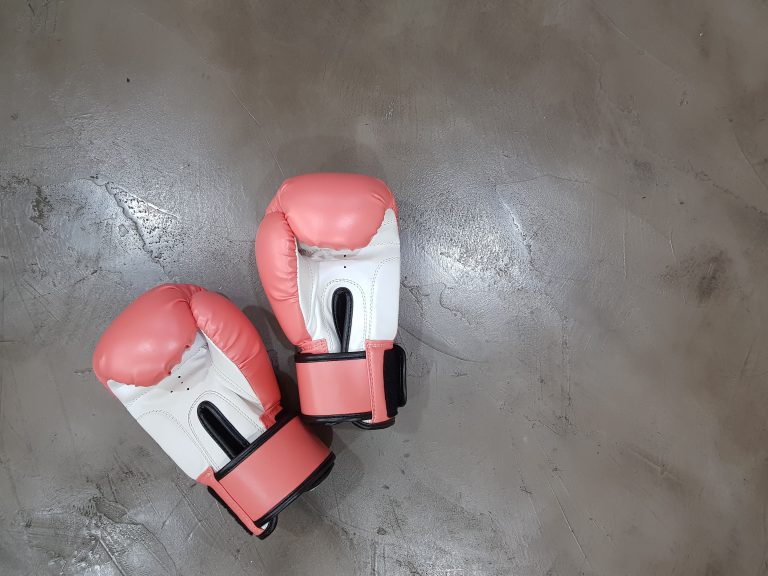Recorder Karate Levels – A Comprehensive Guide
Playing the recorder is one of the most widely used ways for many people to learn the basics of music. It is an affordable and beginner-friendly instrument that is used in schools all over the world. Recognizing the importance of this instrument in the music curriculum, the recorder karate program was created. This program is designed to help kids learn the recorder in a fun and engaging way. In this article, we will provide an overview of recorder karate levels and their benefits.
What is Recorder Karate?
Recorder karate is a music education program designed specifically for teaching children the fundamentals of music through the recorder. The main goal of the program is to help students progress through different levels by mastering specific songs. These levels are marked by differently colored belts, similar to martial arts belts.
Recorder Karate Levels
The recorder karate program consists of nine levels, each marked by a different colored belt to indicate the level of achievement. Here is the breakdown of each of the levels:
White Belt
The white belt level is the very first step in the recorder karate program. It is designed to help novices learn the basics of recorder playing. The first song that students are taught at this level is “Hot Cross Buns.” Students should be able to play this song confidently without making any mistakes before moving on to the next level.
Yellow Belt
The yellow belt level is where things start to get a little bit more challenging. Students are taught two new songs at this level: „Gently Sleep“ and „Merrily We Roll Along.“ To achieve the yellow belt level, students are required to play all three recorder songs confidently without any mistakes.
Orange Belt
The orange belt level is where students begin to demonstrate real skill in playing the recorder. This level requires a bit more skill compared to the previous levels. At this level, students are taught the songs „Mary Had a Little Lamb,“ „It’s Raining,“ and „Old MacDonald Had a Farm.“ To achieve the orange belt, students must be able to play all six of these songs without hesitation.
Green Belt
The green belt level represents a significant level of accomplishment in the recorder karate program. It is designed to test students‘ musical abilities with songs like „When the Saints Go Marching In“ and „Twinkle, Twinkle, Little Star.“ To achieve the green belt, students must be able to play a total of nine recorder songs at the level of white, yellow, and orange belt.
Purple Belt
The purple belt level is intended to challenge skilled recorder players. It is designed to test students‘ musical abilities with songs like „Amazing Grace“ and „Jingle Bells.“ To achieve the purple belt, students must be able to play a total of 12 recorder songs that include all of the previously achieved levels.
Blue Belt
The blue belt is one of the most challenging levels of the recorder karate program. It tests students with songs like „Ode To Joy,“ „Silent Night,“ and „When the Saints Go Marching In.“ To achieve the blue belt, students must be able to play a total of 15 recorder songs that include all of the previously achieved levels.
Brown Belt
The brown belt level is the second last level of the recorder karate program. It tests students with songs like „The Star-Spangled Banner,“ „Hotaru Koi,“ and „Old Joe Clark.“ To achieve the brown belt, students must be able to play a total of 18 recorder songs that include all of the previously achieved levels.
Black Belt
The black belt level is the final level that students can attain in the recorder karate program. It’s a unique achievement that takes considerable skill, dedication, and hard work to achieve. Students are required to play all of the previous 18 recorder songs and must also be able to play a final song called „Pachelbel Canon.“ They must be able to play the Pachelbel Canon for a period of three minutes without any mistakes.
Benefits of Recorder Karate Levels
There are several benefits that students can gain from participating in the recorder karate program. Here are some of the benefits:
Improves Hand-Eye Coordination
Playing the recorder helps children develop their hand-eye coordination by learning to control breath and finger position.
Improves Memory
Students in the recorder karate program are required to memorize each song they learn, which helps improve their memory power.
Increases Self-esteem
The recorder karate program helps students build their confidence levels. As they move from one level to the next, the achievement of earning colored belts brings an added sense of pride.
Enhances Creativity
The program inspires children to express themselves creatively and explore their musical abilities. The goal of the program is not just to learn songs but to inspire creativity as well.
Provides Long-Term Benefits
Finally, the benefits of playing the recorder extend far beyond the classroom. As children progress through the recorder karate program, they develop skills and talents that can last a lifetime.
Recorder Karate Levels: Frequently Asked Questions (FAQs)
If you are a music teacher or a parent, chances are that you have heard about the Recorder Karate program. This program has been gaining popularity among music educators because it makes learning how to play the recorder more enjoyable and engaging for young students.
One unique feature of the Recorder Karate program is the incorporation of levels into the learning process. Each level is represented by a different colored belt, which students earn by playing certain songs and passing specific musical challenges.
If you’re new to Recorder Karate, you may have some questions about the levels and how they work. In this post, we’ve compiled a list of the most frequently asked questions regarding Recorder Karate levels.
What are the Recorder Karate levels?
The Recorder Karate program is typically divided into nine levels, each represented by a different colored belt. The levels, in order from easiest to most difficult, are: white, yellow, orange, green, purple, blue, red, brown, and black.
How do students earn each belt level?
Students earn each belt level by playing specific songs and completing musical challenges. The songs and challenges become progressively more difficult as the student advances through the levels.
For example, to earn the white belt, students must play the song „Hot Cross Buns“ with appropriate dynamics and articulation. To earn the yellow belt, they must play „Gently Sleep“ with correct rhythm and a steady tempo. Each subsequent level has its own song and challenge.
What is the purpose of the Recorder Karate levels?
The levels serve several purposes. Firstly, they provide a clear goal for the student to work towards, which can help to increase motivation and engagement. Secondly, they help to measure progress and provide a sense of accomplishment as the student moves through the levels.
Are the Recorder Karate levels standardized?
The Recorder Karate program is not standardized, which means that different teachers and schools may use different songs and challenges for each level.
However, there are some common songs and challenges that are frequently used across different schools and districts. For example, many schools use „Hot Cross Buns“ for the white belt and „Amazing Grace“ for the black belt.
How long does it take to complete each belt level?
The time it takes to complete each belt level can vary depending on the student’s individual progress, practice habits, and the amount of content covered in music class.
Some students may be able to complete a level in a few weeks, while others may take several months. It’s important to remember that the Recorder Karate program is designed to be self-paced, so students can work towards each level at their own pace.
Can students skip levels?
In theory, students could skip levels if they demonstrate proficiency in the songs and challenges required for the higher levels. However, it’s generally recommended that students progress through the levels in order as each level builds on skills learned in previous levels.
Skipping levels may result in students missing out on important foundational skills that are needed for more difficult songs and challenges.
Are there any rewards for completing the Recorder Karate program?
In addition to earning each belt level, some teachers may choose to provide additional rewards for completing the Recorder Karate program. These rewards can include certificates, trophies, or even a special performance opportunity.
How to Progress through the Recorder Karate Levels
If you’re a music teacher or a student who’s learning how to play the recorder, chances are you’ve come across the Recorder Karate program. Recorder Karate is a music education program that motivates students to practice and excel in their recorder skills through a system of different colored karate belts. Each belt corresponds to a set of songs with increasing levels of difficulty. In this guide, we’ll take you through the steps you need to follow to progress through the Recorder Karate levels.
Step 1: Obtain the Recorder Karate Book
Before you start on your journey to earning your Recorder Karate belts, you’ll need to obtain the Recorder Karate book. The book contains a range of songs that will help you progress through the different levels. You can find the book online or purchase it from a music store. Once you have the book, you’re ready to begin.
Step 2: Start with the White Belt
The first level in Recorder Karate is the White Belt. This level is the easiest, and it contains songs that are simple and straightforward. You’ll start by learning the notes B, A, and G. Once you’ve mastered these notes, you can move on to the next level.
Step 3: Practice, Practice, Practice
To progress through the different Recorder Karate levels, you’ll need to practice, and practice regularly. Make sure to set aside some time each day to practice your recorder. The more you practice, the better you’ll get, and the easier it will be to progress through the levels.
Step 4: Record Yourself
To get a better idea of how you sound when you play, consider recording yourself. You can then listen back to the recording and identify areas where you need to improve. You can also use the recording to track your progress as you move through the different levels.
Step 5: Ask for Feedback
Another way to improve your playing is to ask for feedback from your music teacher or a more experienced player. They can listen to your playing and provide you with tips and advice on how to improve. Take their feedback on board and apply it to your practice sessions.
Step 6: Move on to the Next Belt
Once you’ve mastered the songs in one belt, you can move on to the next belt. As you progress through the levels, the songs will become more challenging, and you’ll need to practice more to master them.
Step 7: Celebrate Your Achievements
Each time you move up a belt in Recorder Karate, make sure to celebrate your achievement. This will give you a sense of accomplishment and motivate you to keep practicing and progressing.
Conclusion
Learning to play the recorder through the Recorder Karate program is a fun and motivating way to improve your skills. By following the steps outlined in this guide, you’ll be well on your way to earning your Recorder Karate belts. Remember to practice regularly, ask for feedback, and celebrate your achievements. With dedication and hard work, you can become a skilled recorder player.
Inhaltsverzeichnis






